
Coping With Morning Sickness: A Guide For Expectant Mothers
Morning sickness is one of the most common and challenging symptoms of early pregnancy. Despite its name, it can occur at any time of the day, not just in the morning. Affecting up to 80% of pregnant women, this condition usually starts around the sixth week of pregnancy and typically eases by 12 to 14 […]
read more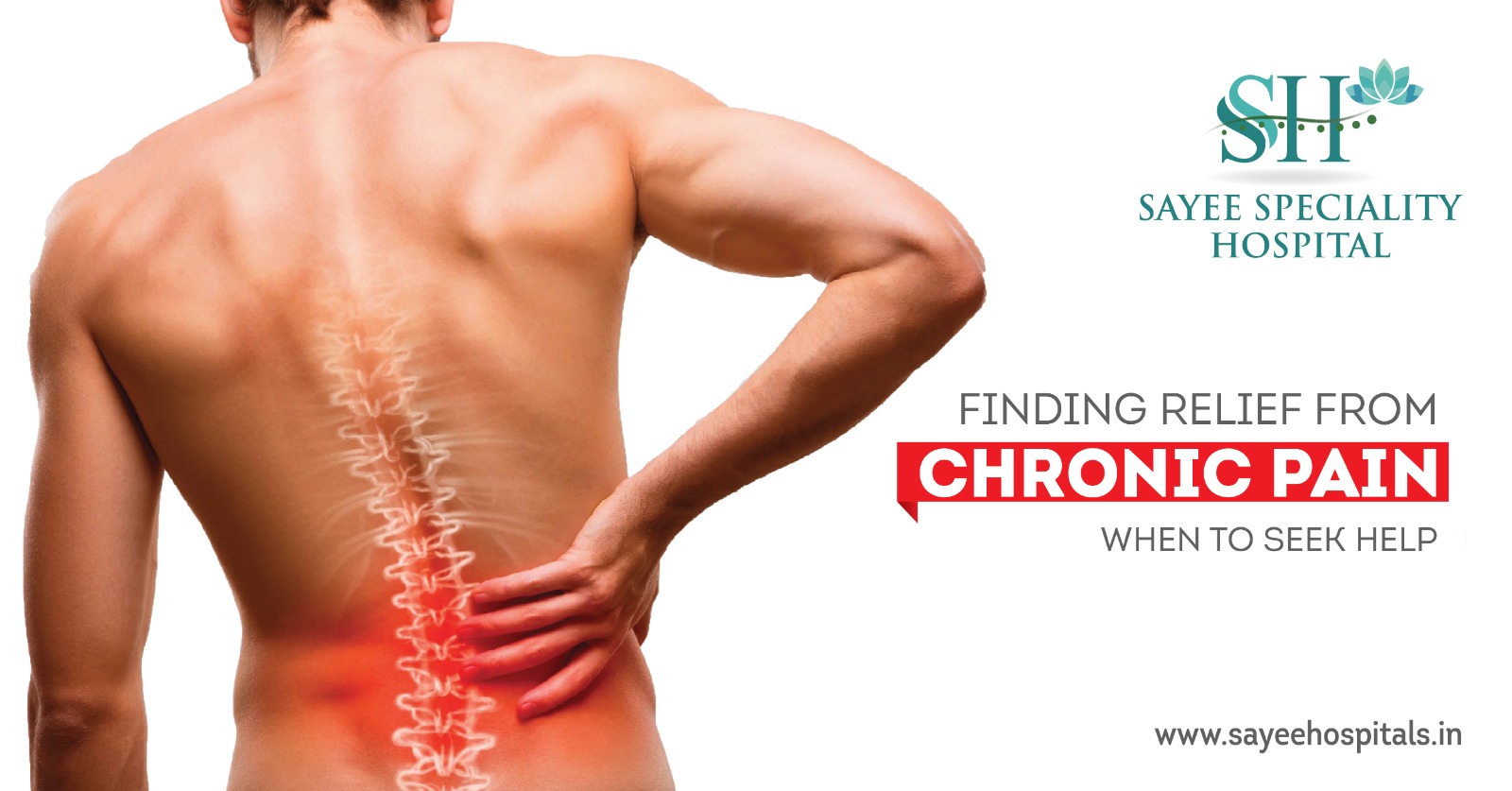
Finding Relief From Chronic Pain: When To Seek Help
Living with chronic pain can feel isolating and overwhelming. It impacts every facet of your life, from your professional responsibilities to your personal relationships. If you’re grappling with persistent pain, it’s essential to seek help at a pain relief center. Here are the four main reasons when you should seek help: You’re Struggling with Daily […]
read more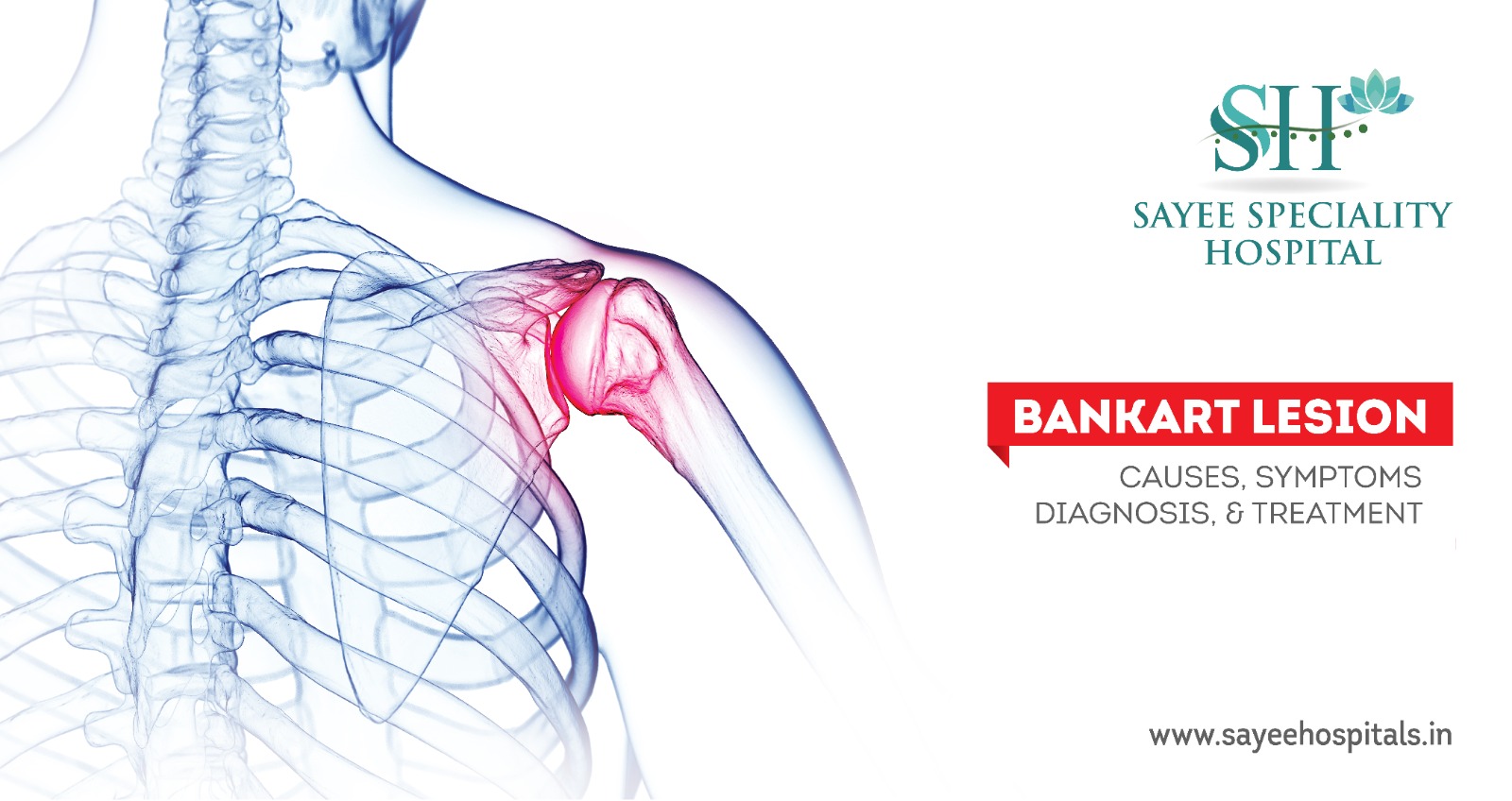
Bankart Lesion: Causes, Symptoms, Diagnosis, And Treatment
The shoulder joint, a ball-and-socket structure formed by the humerus and scapula, is vital for arm movement. When dislocated, particularly through an injury, it can lead to a Bankart lesion, a tear in the labrum—a ring of cartilage that stabilizes the shoulder joint. This condition results in pain, swelling, and stiffness. Symptoms of Bankart Lesion […]
read more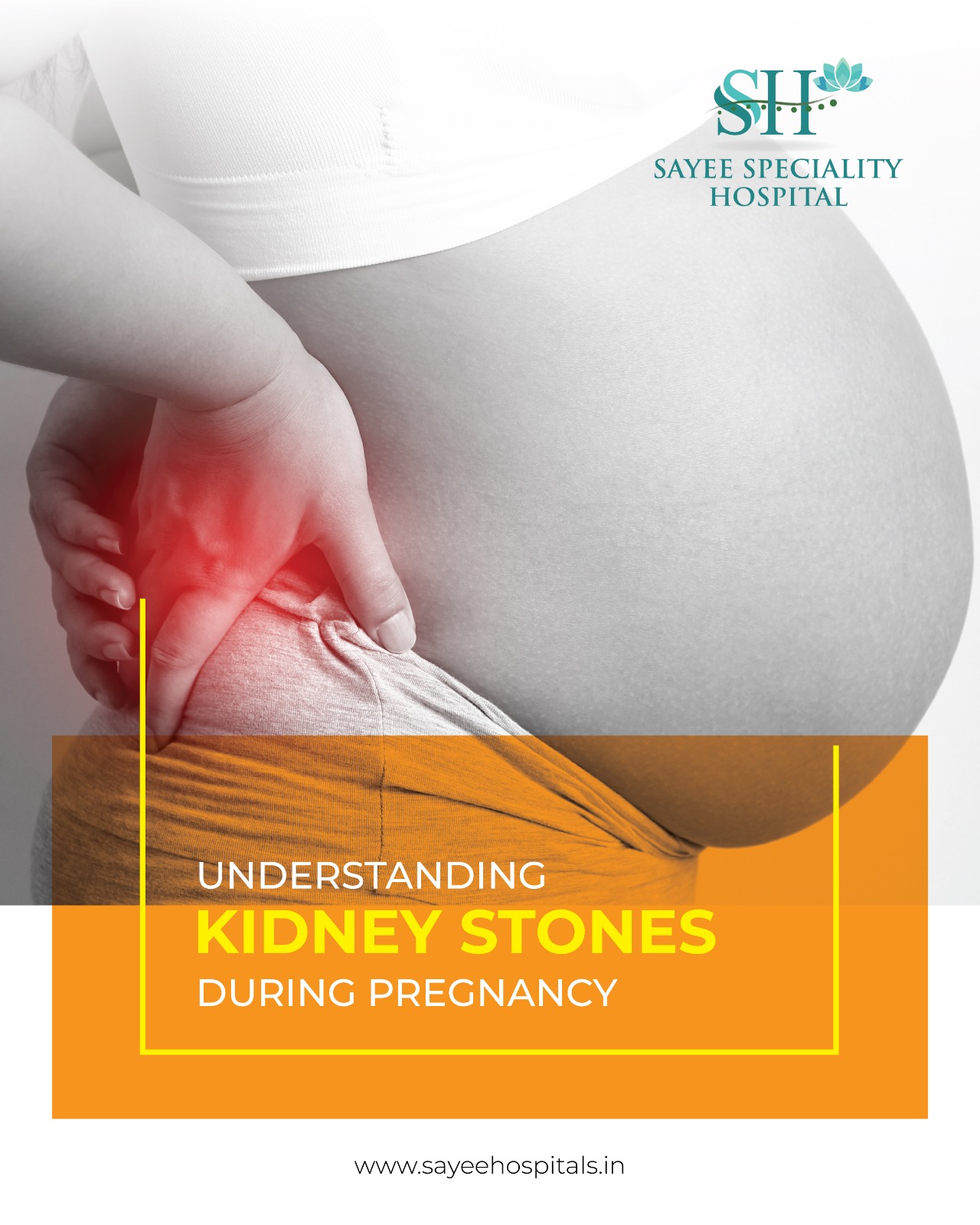
Understanding Kidney Stones During Pregnancy
Pregnancy can bring about many health changes, and one potential issue that may arise is the development of kidney stones. These solid masses form when calcium combines with other substances in urine, leading to blockages in the urinary tract. Understanding the symptoms, treatment options, and ways to manage kidney stones during pregnancy is essential for […]
read more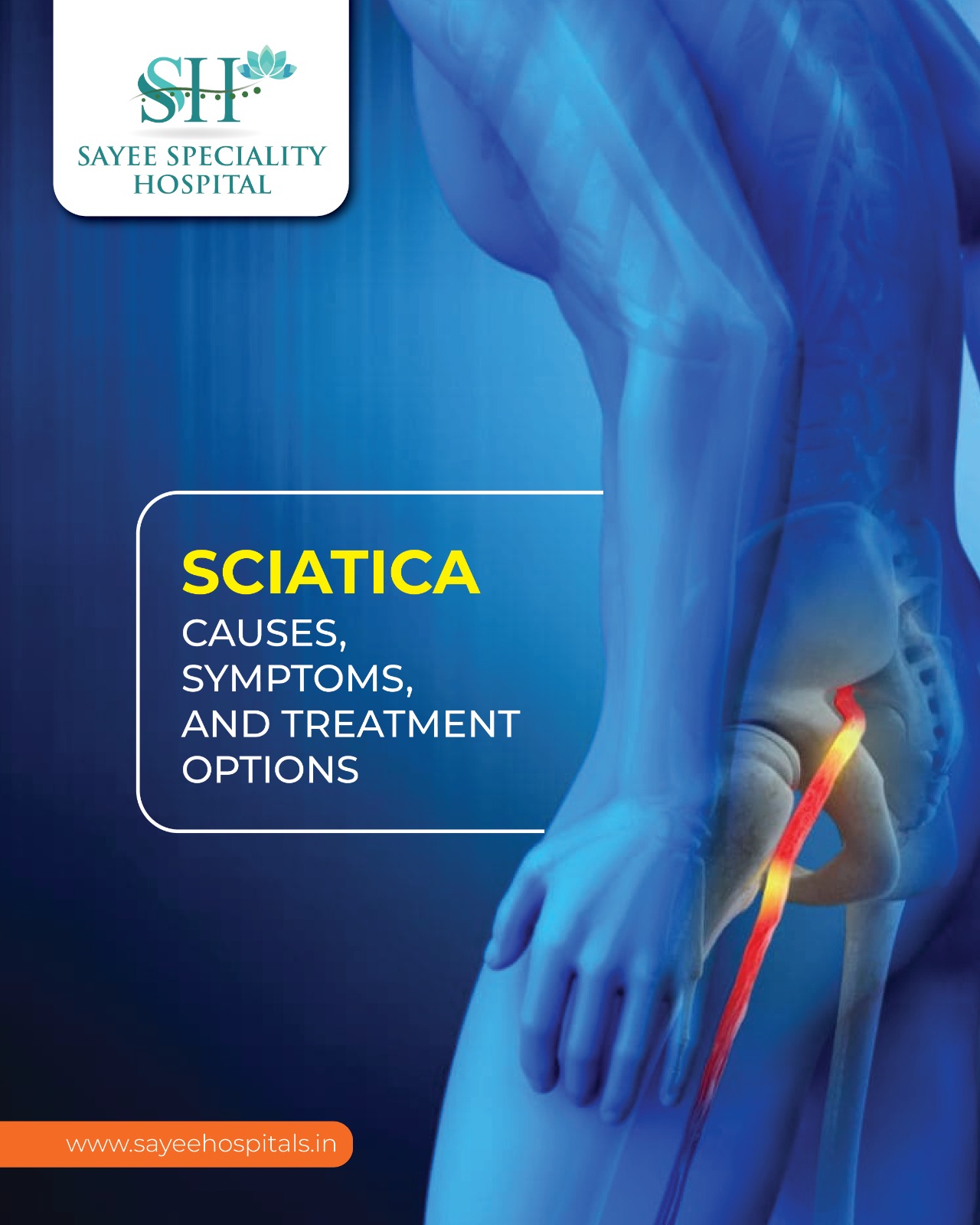
Sciatica: Causes, Symptoms, And Treatment Options
The sciatic nerve is the longest and largest nerve in the human body, originating in the lower back and extending to the feet. It plays a critical role in movement, sensation, and reflexes. Movement: Controls muscles in the buttocks, legs, knees, and lower legs. Sensation: Enables feeling in the back of the thighs, lower legs, […]
read more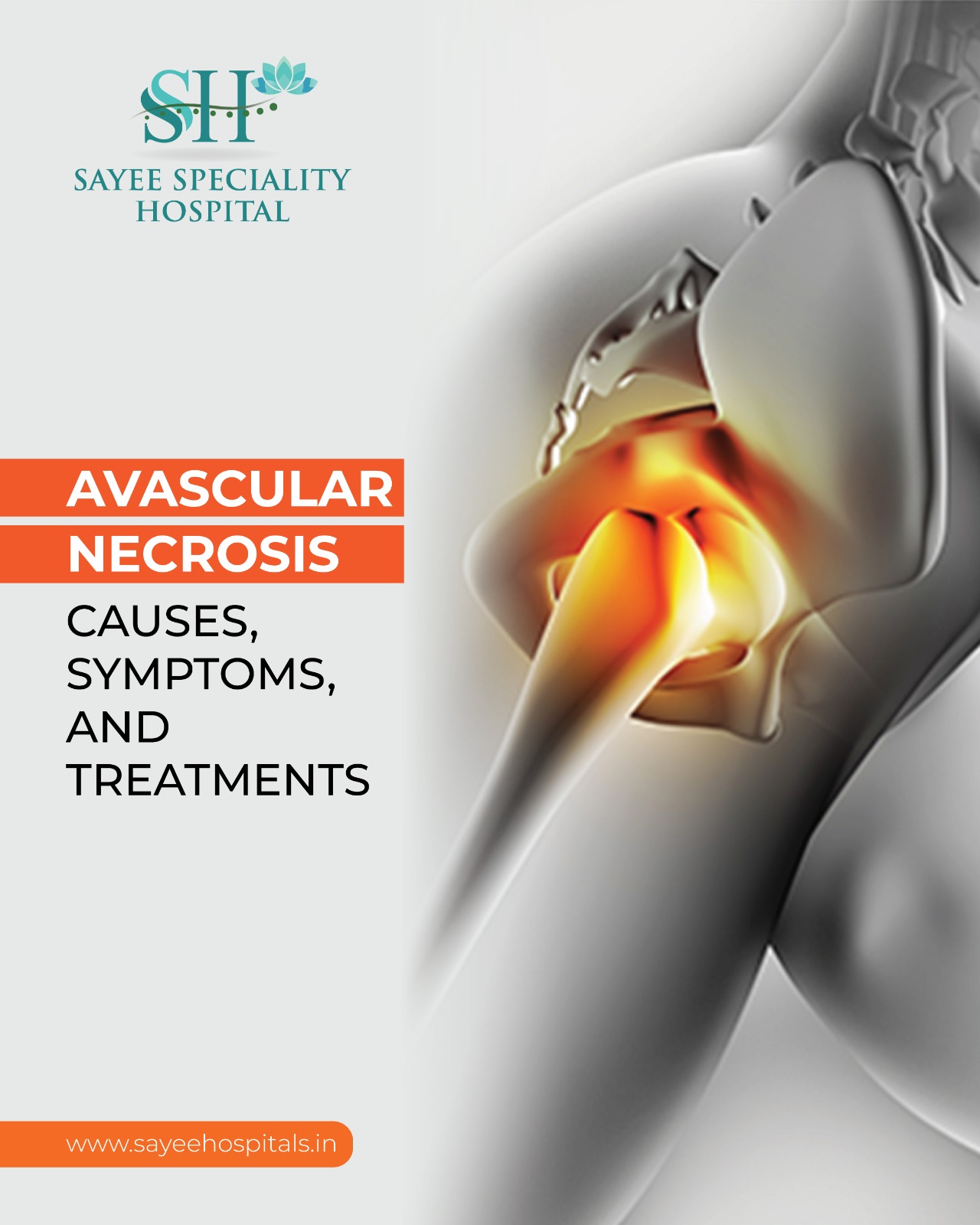
Avascular Necrosis: Causes, Symptoms, And Treatments
Avascular necrosis (AVN), or osteonecrosis, is a painful condition that occurs when the blood supply to bone tissue is reduced or completely cut off, leading to tissue death. While it primarily affects the hip joint, AVN can also impact the knees, shoulders, and ankles. If untreated, this condition can lead to bone collapse. AVN typically […]
read more
Pediatric Arrhythmias: Understanding And Managing Abnormal Heart Rhythms
Pediatric arrhythmias are irregular heart rhythms that can disrupt a child’s normal heart function, leading to potential health complications if left untreated. These conditions can range from mild to severe, affecting the heart’s ability to pump blood and oxygen effectively. Early diagnosis and timely treatment are essential to ensuring better outcomes for children with arrhythmias. […]
read more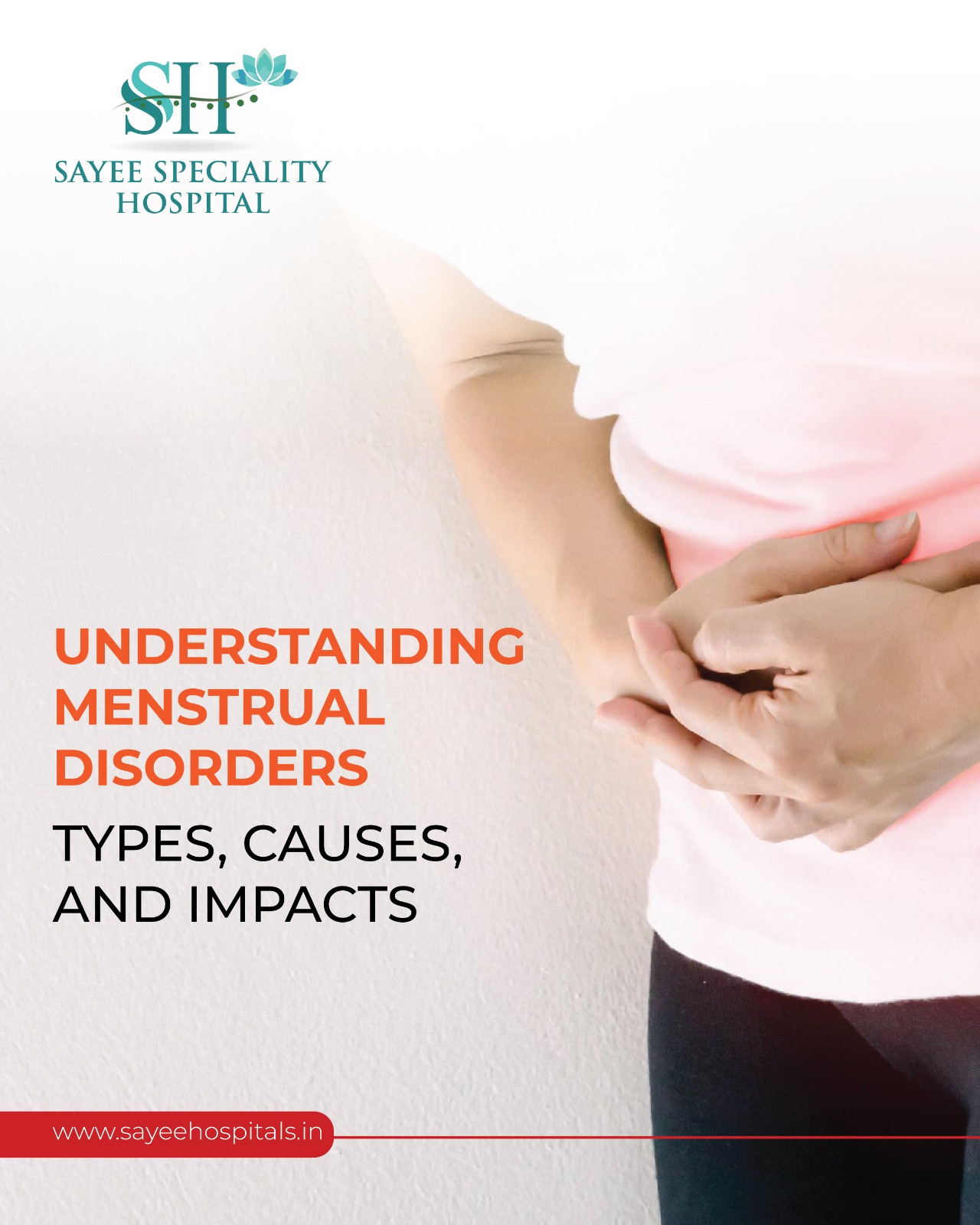
Understanding Menstrual Disorders: Types, Causes, And Impacts
Menstrual disorders are common conditions that can affect women’s physical and emotional health. They encompass a range of issues, from irregular cycles to excessive bleeding and severe pain. Understanding the types and causes of these disorders can help in managing the conditions effectively. Types of Menstrual Disorders Dysmenorrhea (Painful Cramps): Dysmenorrhea involves intense cramping in […]
read moreUnderstanding Spider Veins: Causes, Risks, And Treatment Options
Understanding Spider Veins: Causes, Risks, And Treatment Options Spider veins, also known as thread veins or telangiectasia, are a common cosmetic concern characterized by clusters of small, dilated blood vessels visible near the skin’s surface. While typically harmless, they can indicate underlying venous insufficiency, where the blood flow through veins is compromised. Causes of Spider […]
read more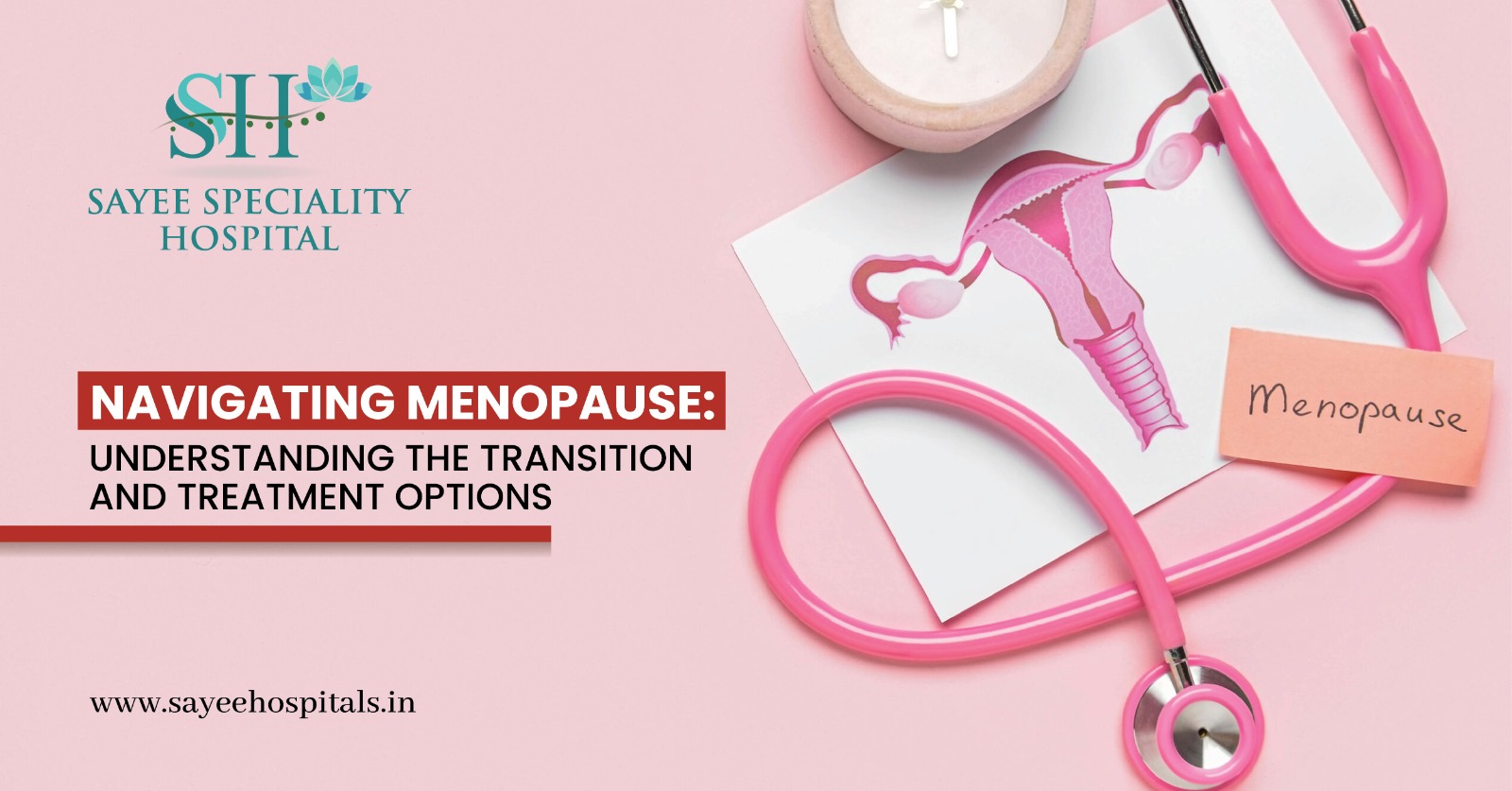
Navigating Menopause: Understanding The Transition And Treatment Options
Menopause marks the cessation of menstrual cycles, typically diagnosed after 12 consecutive months without a period. It commonly occurs in a woman’s late 40s or early 50s. This natural biological process, however, brings about various physical and emotional symptoms that can impact daily life. Symptoms and Causes: Menopause may manifest with irregular periods, vaginal dryness, […]
read more